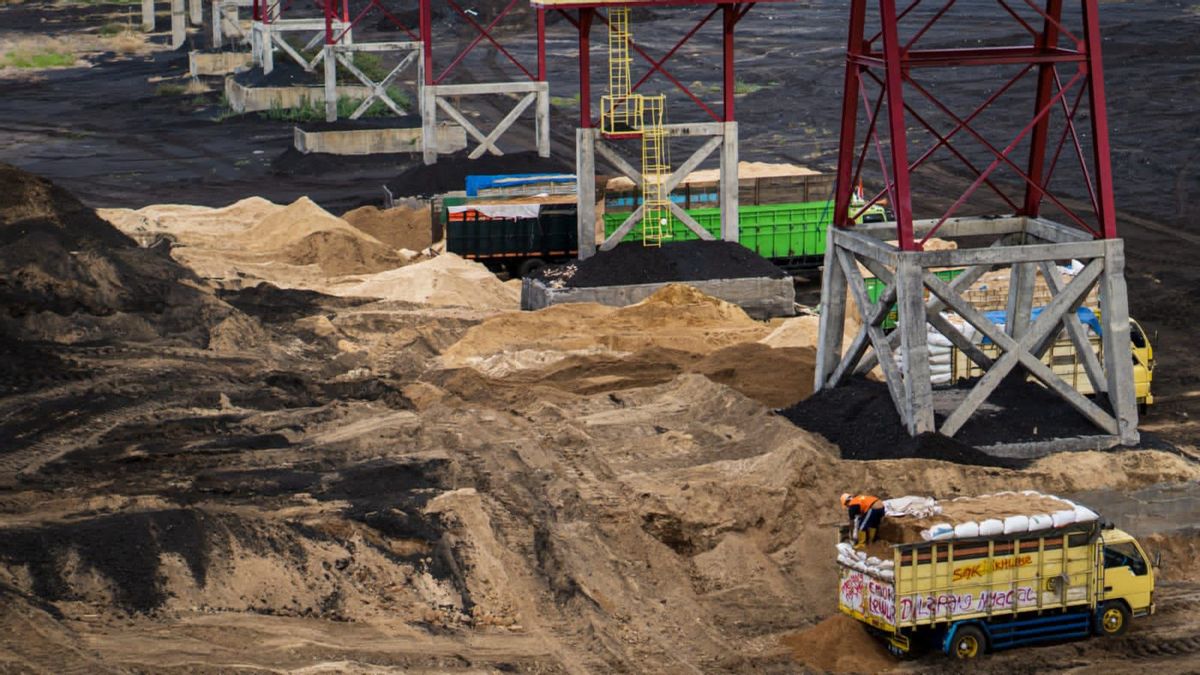JAKARTA - PT PLN (Persero) has strengthened its commitment to clean energy transition in Indonesia by intensifying the substitution of coal in steam power plants (PLTU) to biomass.
PLN President Director Darmawan Prasodjo said that the substitution of coal fuel for biomass is a strategic project.
Besides being able to reduce dependence on coal which is a fossil energy, this step is one way to reduce carbon emissions before PLN retires the power plant in 2050.
"Through this co-firing technology, PLN can get several benefits at once. Reducing carbon emissions produced by PLTUs, increasing the energy mix and maximizing the potential of existing PLTUs before retiring really early," said Darmawan to the media, Tuesday, July 19.
He stated that the target mix of 23 percent in 2025 will be achieved by utilizing local resources.
The biomass fuel supply chain will optimize arid lands and waste management.
So that in the process it will create jobs while supporting economic growth.
“This biomass co-firing program is special, because it is people-based. PLN synergizes with campuses, communities, social institutions, other SOEs, and hundreds of thousands of people as part of the power to enforce clean energy in the context of energy transition, "explained Darmawan.
Darmawan also invited the community to participate in the biomass co-firing supply chain.
Community involvement in making energy forests and managing household waste into biomass can be a new point of economic growth.
"Because the demand is very large, 450,000 tons this year and 2.2 million tons next year. Hopefully, all of that can be provided by the people and the impact will return to the people," concluded Darmawan.
Director of Mega Projects and New and Renewable Energy, Wiluyo Kusdwiharto, explained that the majority of current use of biomass is still supplied from waste. Namely from sawdust, empty fruit bunches, rice husks, and garbage.
For this reason, PLN needs to develop a more sustainable supply of biomass by planting energy plantations.
“We need to build an integrated supply chain. Starting from units in the area, subsidiaries, to the community. Starting from forest planting, transportation, to utilization in the PLTU," explained Wiluyo.
He considers the biomass co-firing program to be a smart choice because it is able to increase the NRE mix and at the same time utilize the power plant assets.
This program itself is targeted to contribute 3.5 percent of the NRE mix by utilizing 10.2 million tons of biomass for 52 coal-fired power plants in 2025.
PLN has conducted co-firing trials at 47 PLTUs. As of mid-June 2022, there are 32 PLTUs that use biomass and it is targeted to reach 35 PLTUs by the end of the year.
The move will consume 540,000 tonnes of biomass and reduce carbon emissions by 529,000 tonnes.
“In maintaining supply sustainability, we have developed pilot plans in several areas. Through assistance, planning, management, to commercialization. This is a popular program that will provide a multiplier effect on the region through community participation,” explained Wiluyo.
The English, Chinese, Japanese, Arabic, and French versions are automatically generated by the AI. So there may still be inaccuracies in translating, please always see Indonesian as our main language. (system supported by DigitalSiber.id)









